Creative Resistance
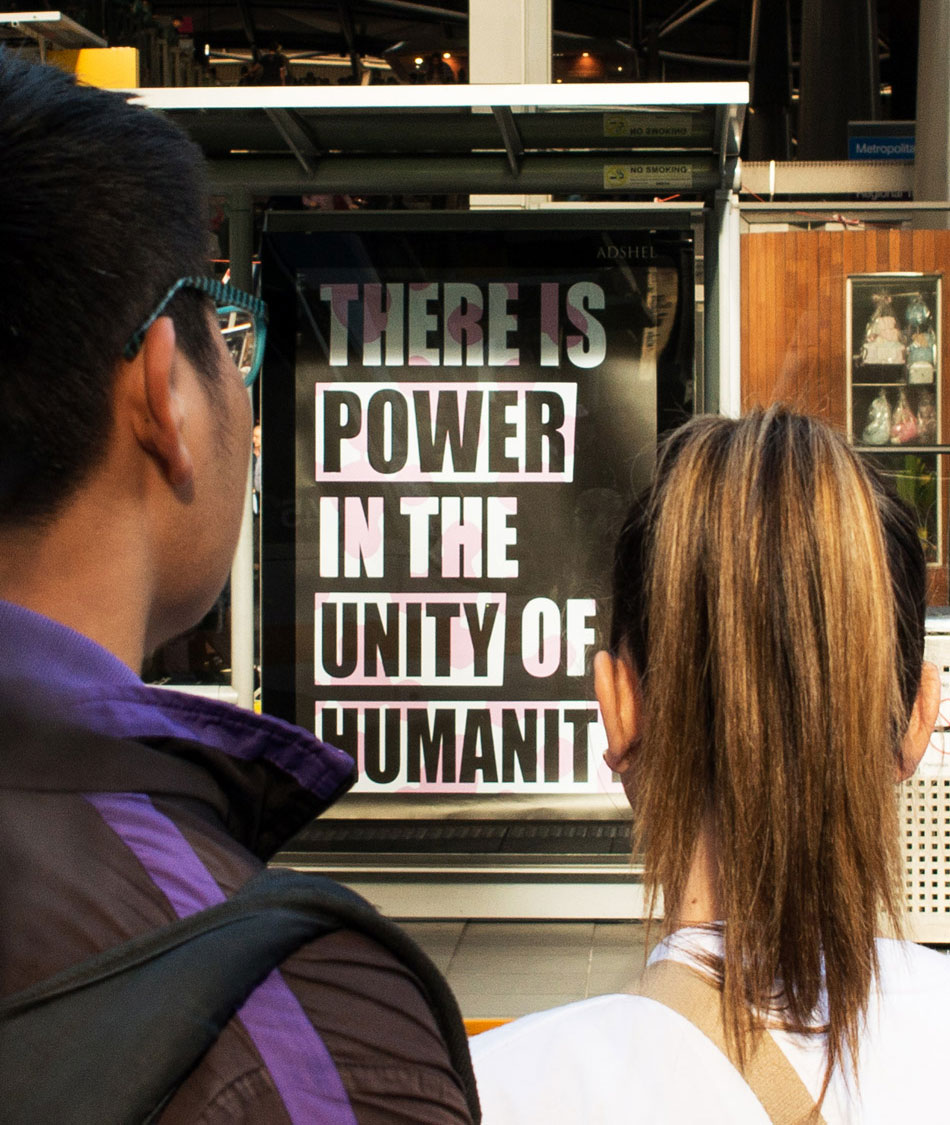
Creative Resistance
At last, some space.
Notes on creative resistance, from a friend at the Laboratory of Insurrectionary Imagination.
In 2001, I was in Argentina. The country had just defaulted on its debt, the great fear of the IMF and the finance world had come to pass – a government admitted it was bankrupt and could not do anything about it except refuse to pay. Today the fear haunting the boardrooms and the stock markets is that Greece, or the other ‘PIGS’ as they are now called (Portugal, Italy, Spain) – might go the way Argentina did.
One of the most beautiful things to emerge out of the crisis, beyond the everyday acts of resistance – the neighbourhood assemblies that ran their own services (hospitals, community kitchens, social spaces), or the occupied factories that managed their own jobs without bosses – was that one hardly ever saw an advert on a billboard – in fact all the billboards were blank, the advertising industry had no money. The streets were dotted with white facades, empty spaces that reminded us that there was a world outside of the dictatorship of the markets, a space where we could begin to re-imagine what our real needs and desires were.
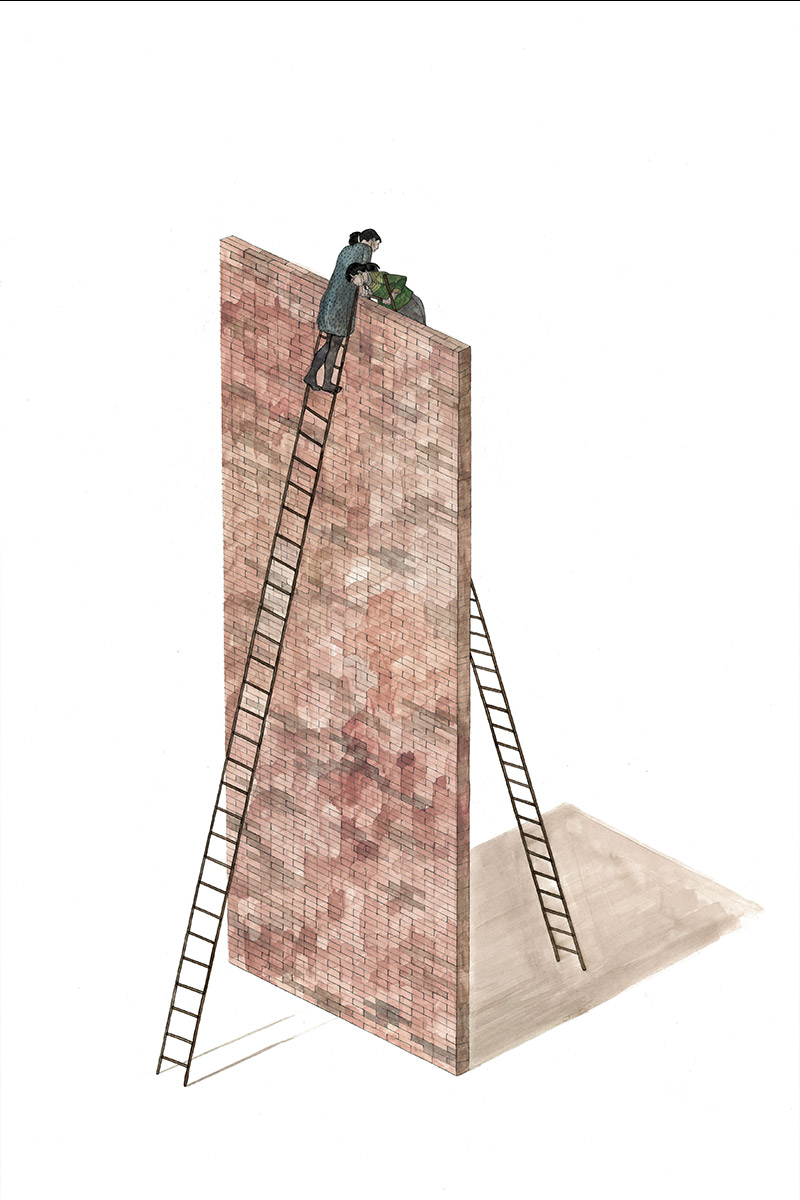
Artist: Hyuro (ARG), #SubvertTheCity, 2017
Creative resistance begins when we start to imagine what our world – our communities, our friendships, our networks – could be like when we start living by our own rules outside of the logic of progress and profit and learn to construct the ‘goodlife’ together by observing and working with the ecological systems of the natural world. To do this we need to create space, psychological and physical. Creative Resistance always begins in the imagination of another way of being together, but has to continue with an act of resistance in the world itself, when a new idea is thrown in the face of the present.
Acts of Creative resistance have often been the first steps that prime the ground for a larger sea change in culture. There is a secret history of creative resistance which prefigured revolutions, it’s a history which we are never taught at art college.
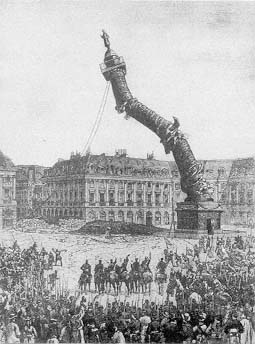
Two centuries ago, it was painter Gustave Courbet, joining the Paris Commune, putting down his paintbrushes and applying his creativity to acts of disobedience such as the pulling down of the Vendôme column, an early act of brandalism. The column being the monumental brand of empire and hierarchy with a statue of Napoleon in gold on its summit, had no place in the non hierarchical rebel self-managed city of Paris. It had to be toppled and, being creative resistance, the toppling was done to brass band music.
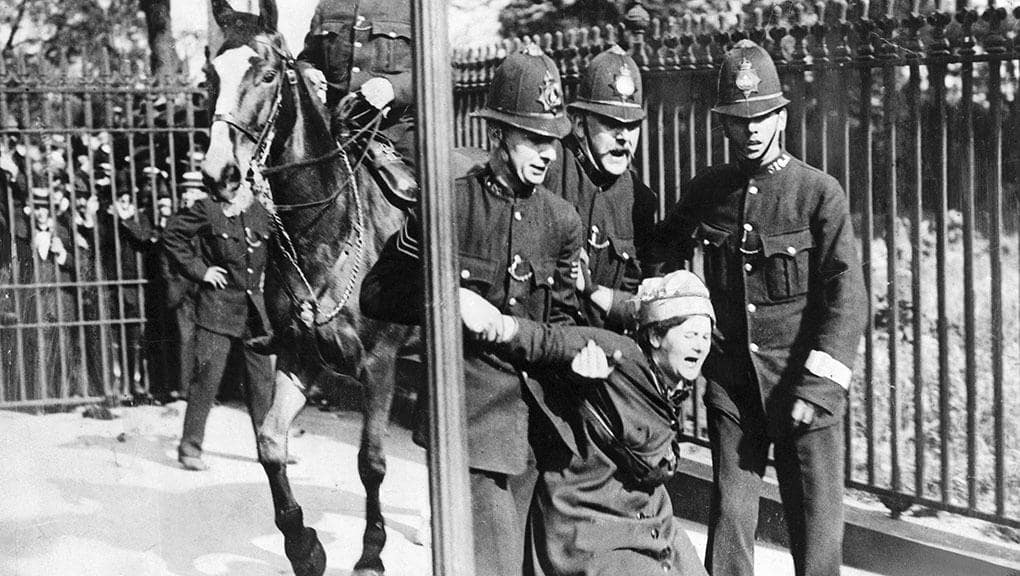
Half a century later and we have Sylvia Pankhurst who leaves the Royal College of Art to apply her creativity not to paint pictures of protest but to design them. She works tirelessly with the suffragette movement, planning huge pageants and acts of creative sabotage, from writing “VOTES FOR WOMEN “ in acid on golf courses to cutting telephone lines, smashing the glass case that held the crown jewels to sending snuff and chilli powder mixes to every Member of Parliament.
Later, there was the ‘The Orange Alternative’ – artists, activists, hippies and punks who in the 1980’s Poland decided to resist the military dictatorship where all protest was illegal, by calling for a Gnome parade. Months of grafitti with a simple image of a gnome, was followed by the manufacture of tens of thousands of orange gnome hats. Over 20,000 young people braved the junta and took to the streets dressed as gnomes and demanding “KING SIZE for everyone” – “DOWN WITH GARGAMELL” as well as other surreal slogans. The authorities could not bring the tanks in as this did not feel like a political protest and yet it was the first time people had reclaimed public space! Months later the Berlin wall came down and the Soviet empire collapsed. The Orange Alternative had been one of the earliest groups to resist, but not in a way that anyone expected. They had opened up space. Like all the best creative resistance it was an act of courage, creativity and cheek that changed the world. These are but three examples of a long and rich secret history that we need to remember in moments like now.
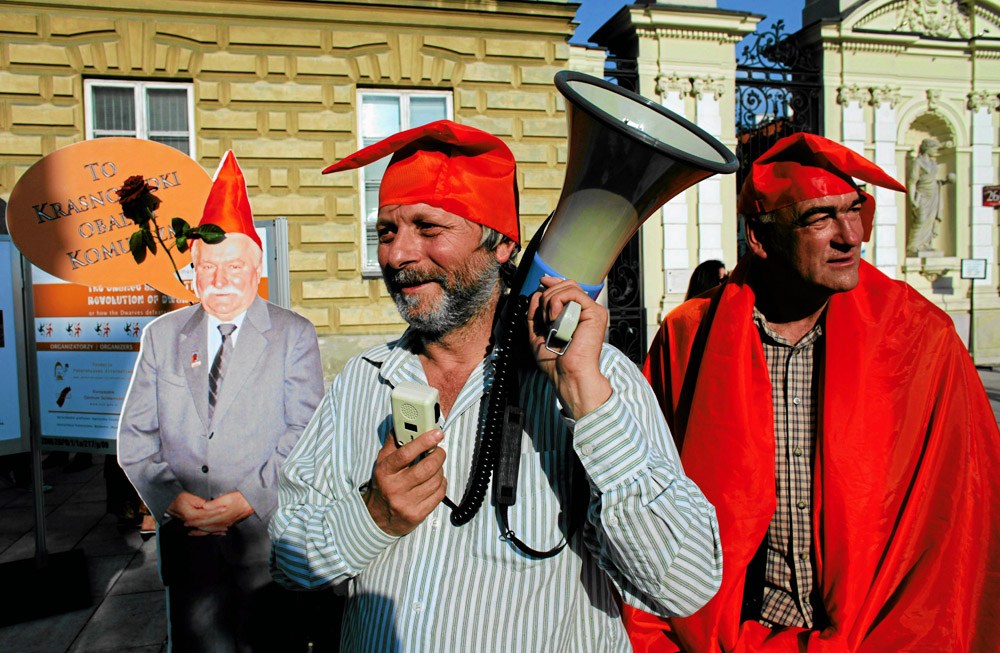
Image: Polish citizens reclaim public space during ‘The Orange Alternative’ movement that brought down the military junta in the 1980s
Writing in the summer of 2012, we are in a similar moment to the late eighties in the ‘eastern bloc’. Our dominant system, capitalism, has lost its legitimacy, people everywhere are looking for something else, a way out, new ways of being together, of sharing things, making things, learning things. These new needs need space to grow and thrive. Satisfying our material and personal needs is in itself an act of resistance as Charles F Kettering, director of General Motors Research Laboratories, made clear when he wrote an article on the eve of the 1929 stock market crash entitled ‘Keep the consumer Dissatisfied’. In his article, Kettering argued that the key to economic prosperity was the organized creation of dissatisfaction. If everyone had exactly what they wanted, they would never buy anything new. Creative resistance can remind us that satisfaction begins by saying « NO » and opening up the space that says, « YES, this is the world we want. »
For more on creative resistance, see A Users Guide to Demanding the Impossible by the Laboratory of Insurrectionary Imagination.